What Are Medical PCBs?
Medical PCBs are circuit boards used to run the circuitry of electrical equipment used in the medical industry. As medical equipment becomes more computerized, complex, and compact, they require boards with high-density circuits.
Therefore, a medical printed circuit board should pack electronic components and connections in a compact space while maintaining reliability. So most of them are HDI (High-Density Interconnect) PCBs.
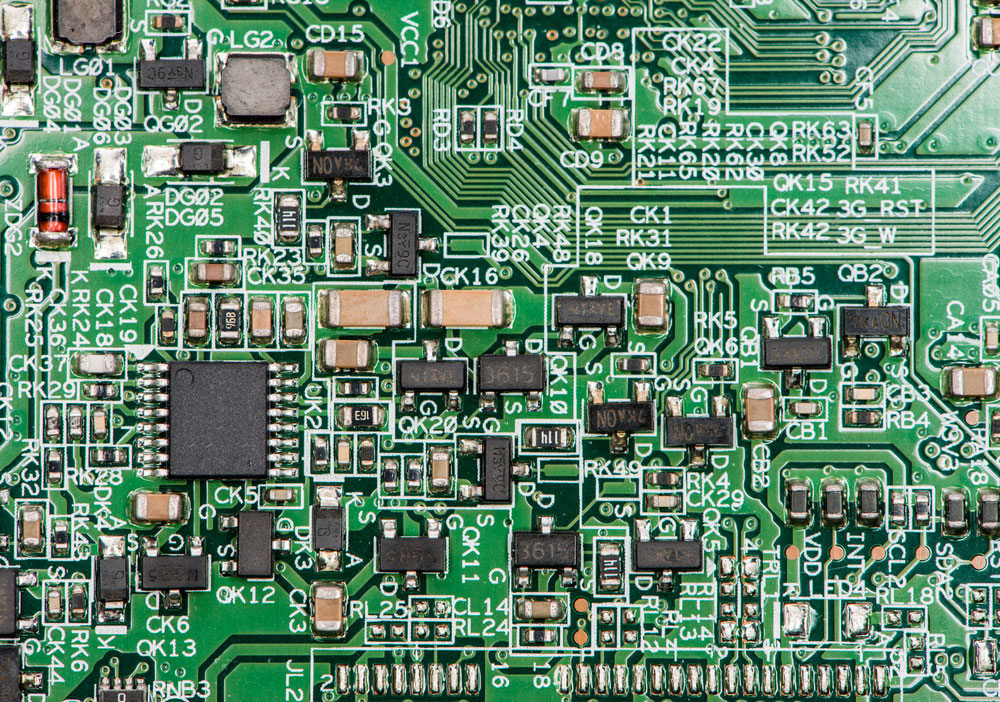
A high-density PCB
Also, most medical devices do not conform to the usual designs. Therefore, their PCB size and shape should match the device, meaning most PCBs for critical medical equipment are flex or rigid-flex.

A flexible PCB
Applications of Medical PCBs
Cardiovascular medical equipment (defibrillators, pacemakers, heart monitors)
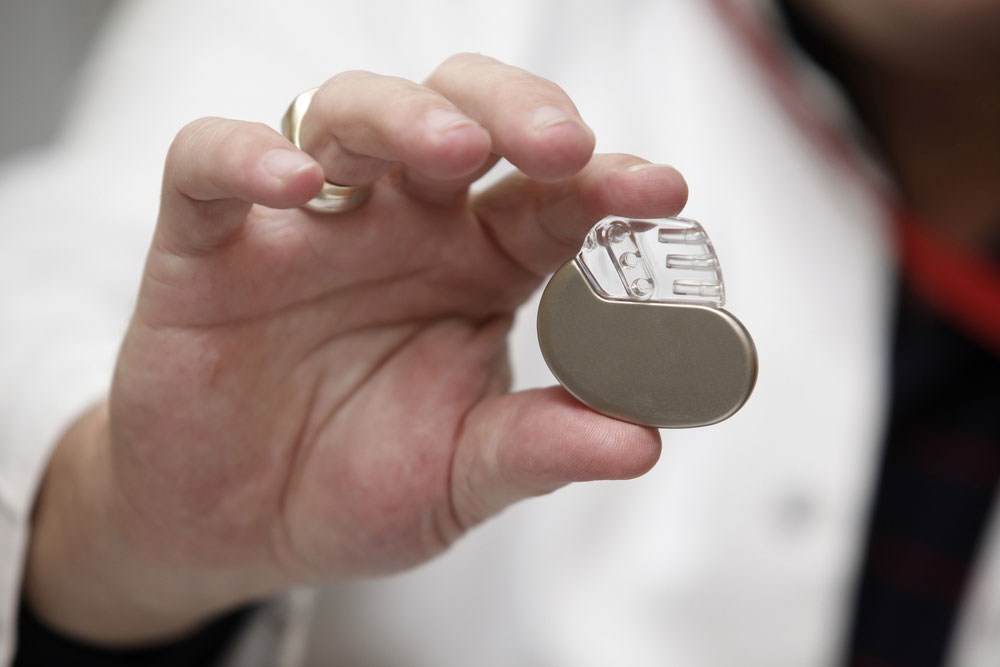
A pacemaker
Medical imaging systems (ultrasonic equipment, MRI, CT scans)
Blood glucose monitors
Body temperature monitors
Electrical muscle stimulation equipment
Medical instruments for collecting research data and test results
Medical PCB Technologies
As medical devices advance, they contain at least one of the following technologies.
IPC Class 3
Class three boards for high-performance electronic products should have no downtime. Reliability is a critical factor here, meaning medical PCBs should have the following features.
Zero annular ring breakouts
1-mil minimum plating in the thru-holes
Tight tolerance on conductor width and spacing
Via-in-Pad/ HDI
A high-density interconnection makes it possible to reduce the printed circuit board size.
5-mil Spaces/Lines and Below
IPC class III needs minimum line width reduction during processing. So the medical PCB manufacturer should have laser-direct imaging and other such equipment to achieve the required production yield.
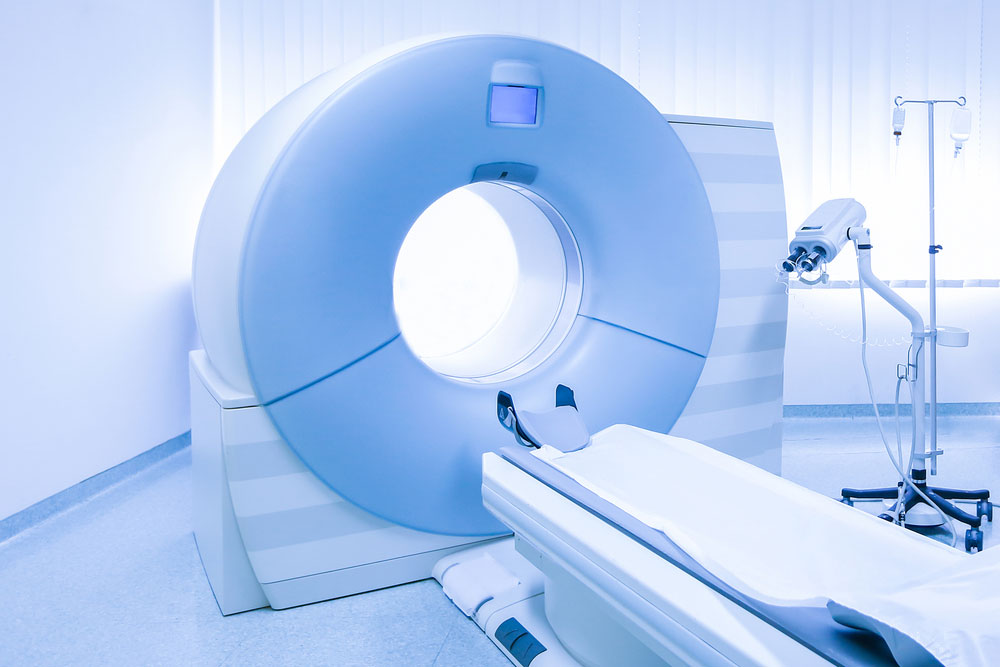
An MRI scanner
Laminate Requirements
FR-4 is the most typical PCB laminate. But medical boards are not like the usual PCBs. Therefore, you require an Electronics Contract Manufacturer (ECM) with expertise in ceramic, polyimide, Teflon, and other high-quality materials that meet the board's unique requirements.
Free PCB DFM Devices
DFM (Design for Manufacturability) compiles all PCB layout topologies to minimize issues that might arise during fabrication and assembly. Doing DFM before making prototypes is essential to avoid returning to the drawing board.
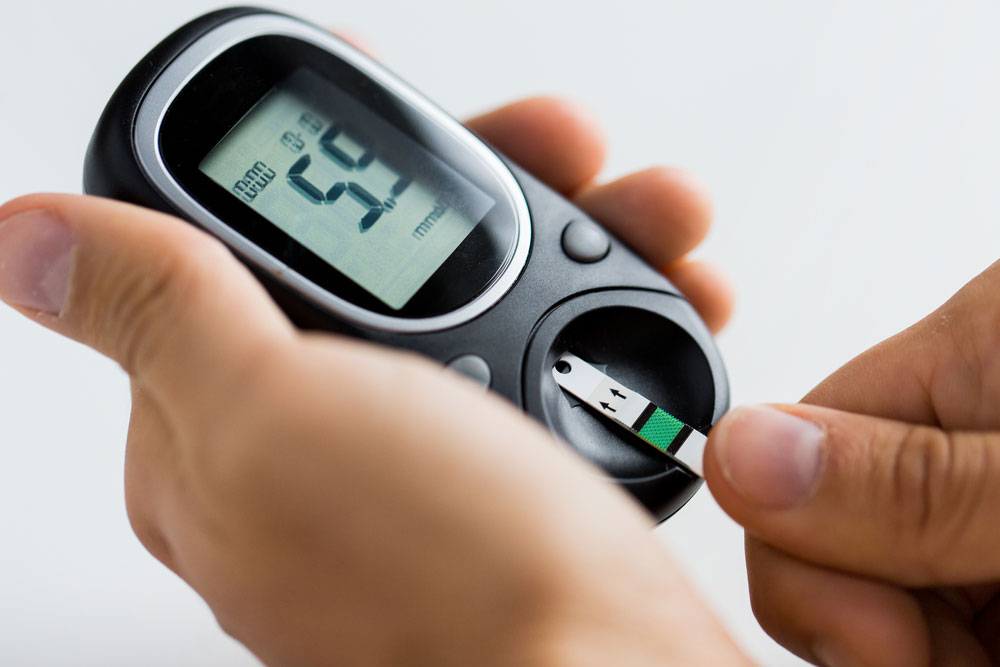
A blood sugar monitor
Tips for Medical PCB Design and Assembly
Consider these factors if designing medical devices with PCBs.
Safety First
Medical devices might get exposed to extreme temperatures, liquids, or shock in their operating environment. For instance, implantable devices like pacemakers live inside the human body. And any malfunction caused by this exposure can be catastrophic.
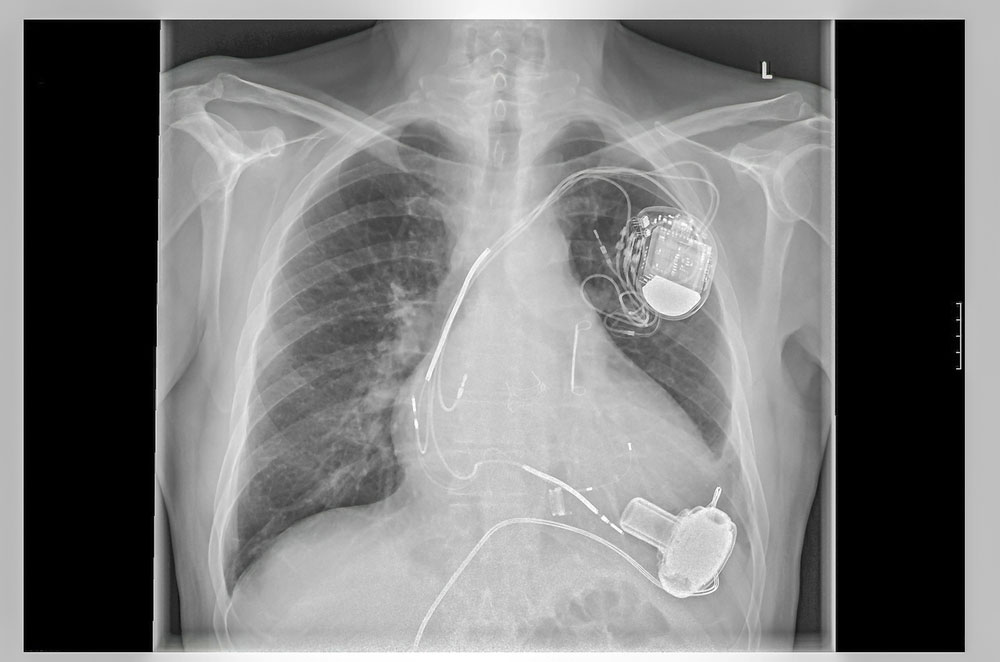
A pacemaker placement in the human body
Additionally, these devices need to be easy to disinfect and clean. So they should have an enclosure material that can withstand ozone cleaning and disinfectants. Stainless steel is the most typical material used for this task. Also, the enclosure or coating should protect the PCB from dust, contaminants, corrosion, moisture, and salt spray.
Lastly, there is the noise emission issue. Critical devices, such as pacemakers, should not experience interference.
Comply with the Standards
As stated earlier, medical equipment and devices fall under class 3 electronics. So they must adhere to strict standards.
Besides looking for a manufacturer who can meet all class 3 requirements, it is vital to do detailed record keeping of test and inspection processes. And you can use FDA or ISO standards as benchmarks for this process.
If you rely on your ECM to do the record-keeping, ensure they are capable and can handle the process. Keep in mind these record-keeping mandates are open-ended and might require you or your ECM to keep them for long periods.
Other quality standard requirements include installation, operation, and process qualification. For instance, if fabricators move machines physically within their premises, they must re-qualify them in their new locations. Why? They must prove nothing changed and the manufacturing process runs just as or better than before.

A PCB assembly line
Most ECMs like taking shortcuts here to cut costs. So it is your responsibility to vet PCB manufacturers to get a reliable ECM that builds consistent quality products.
Be Ready To Live With Obsolescence
Reliable PCB fabricators should predict component obsolescence using component database software like SiliconExpert. And they should always be on the lookout for component availability changes, especially for life-saving products.
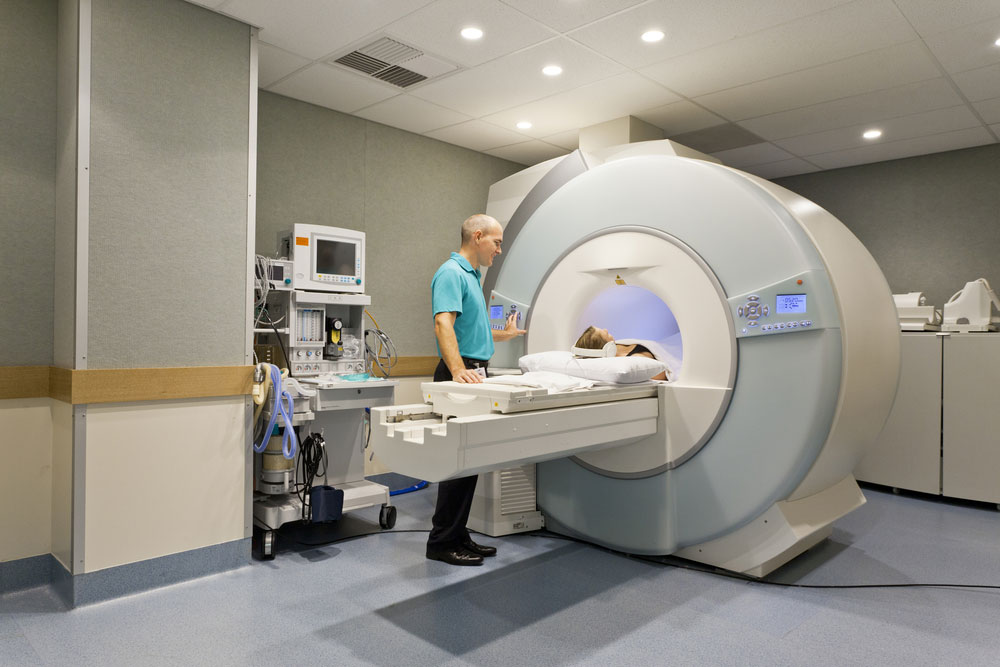
A CT scanner
If you find out at the last minute that a component has gone obsolete and the device requires a significant design change, you might have to go through the approval process again. And as you know, approval from federal agencies takes time.
Thru-Hole or SMT?
Knowledgeable and experienced medical-grade PCB manufacturers will implement the right technology that meets your needs. Most modern PCB designs use SMT electronic components to create compact boards.
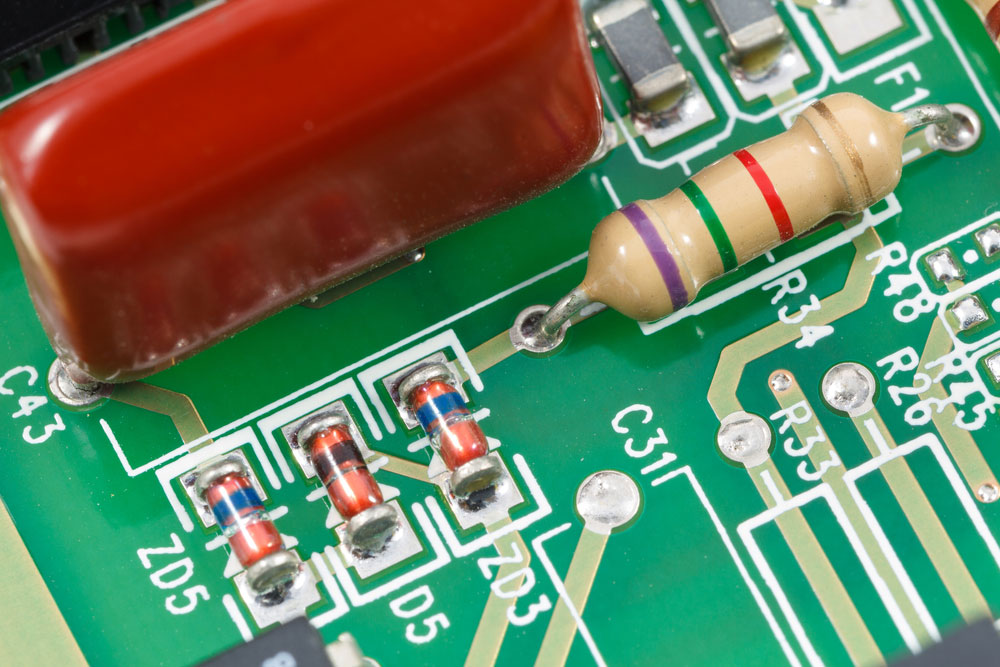
Thru-hole and SMT components on a PCB
However, thru-hole assemblies are critical for power requirements and connectors due to their physical strength. So the manufacturer should implement the best technology that suits each board section.
How Small Can You Go?
The general trend with electronic devices is shrinking. Therefore, your contract manufacturer should build compact packages that fit in tiny equipment. And they should have the required machines for placing components on compact boards. But there are limits. For instance, considering surface-mounted parts, the smallest package in the market currently is 0.25 mm × 0.125 mm.
Since there are multiple factors to consider, you should get a reputable, skilled, experienced, and trustworthy PCB manufacturer.
Considerations for Manufacturing Medical Equipment PCBs
Assess and plan the lifespan of medical devices during PCB design
Plan quick timelines for product launches because the market is competitive
Do a detailed corner case evaluation during the medical device's operation
Put user safety as the primary concern during the design, fabrication, and assembly of medical PCBs
Ensure the PCB meets all medical industry and regulatory standards
Output consistency is vital when designing monitoring or diagnostic medical electronic devices
Usability is crucial to consider when designing implantable or wearable devices
Understand the effects of the debris left behind by medical devices and follow up with the required maintenance steps
Wrap Up
There you have it! Medical PCBs have grown in complexity to enhance the performance of modern medical equipment. So you must adhere to strict safety and industry standards to ensure the devices are safe for internal and external human body use. We hope the tips above will help you in the medical PCB design and assembly process, and you should consider us for your ECM. for further information about your PCB.





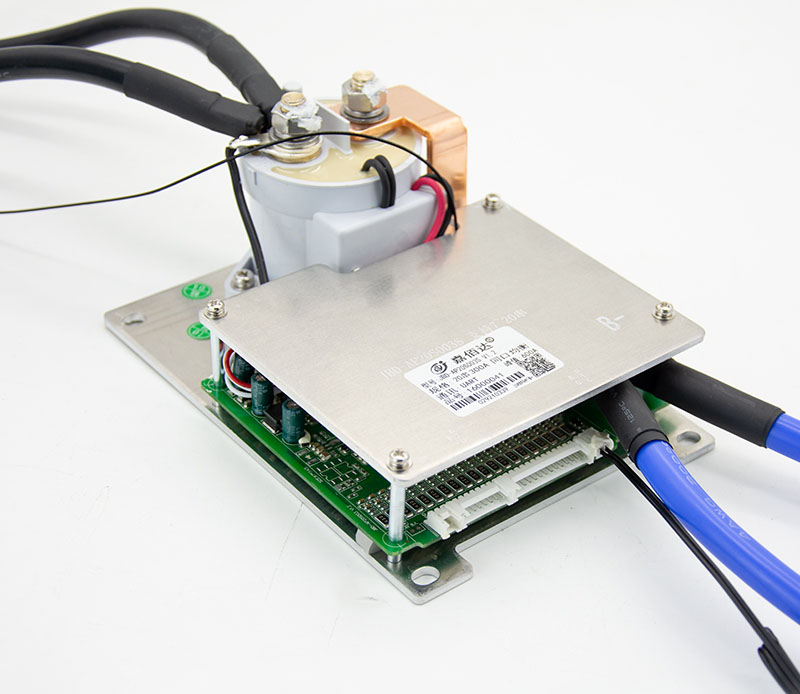
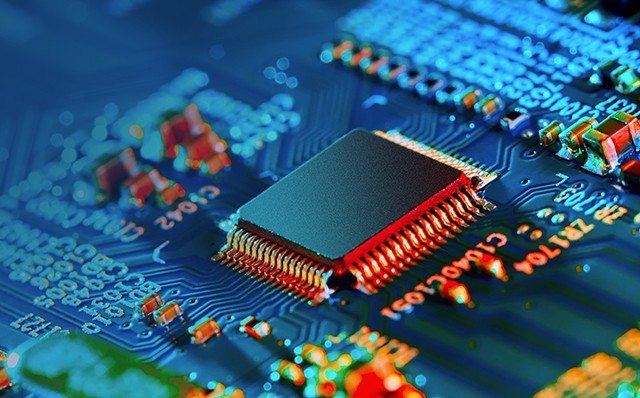
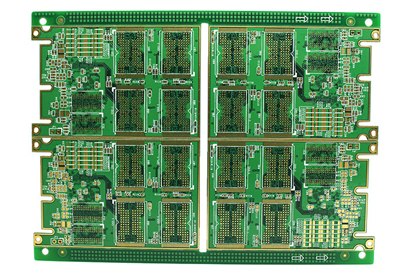
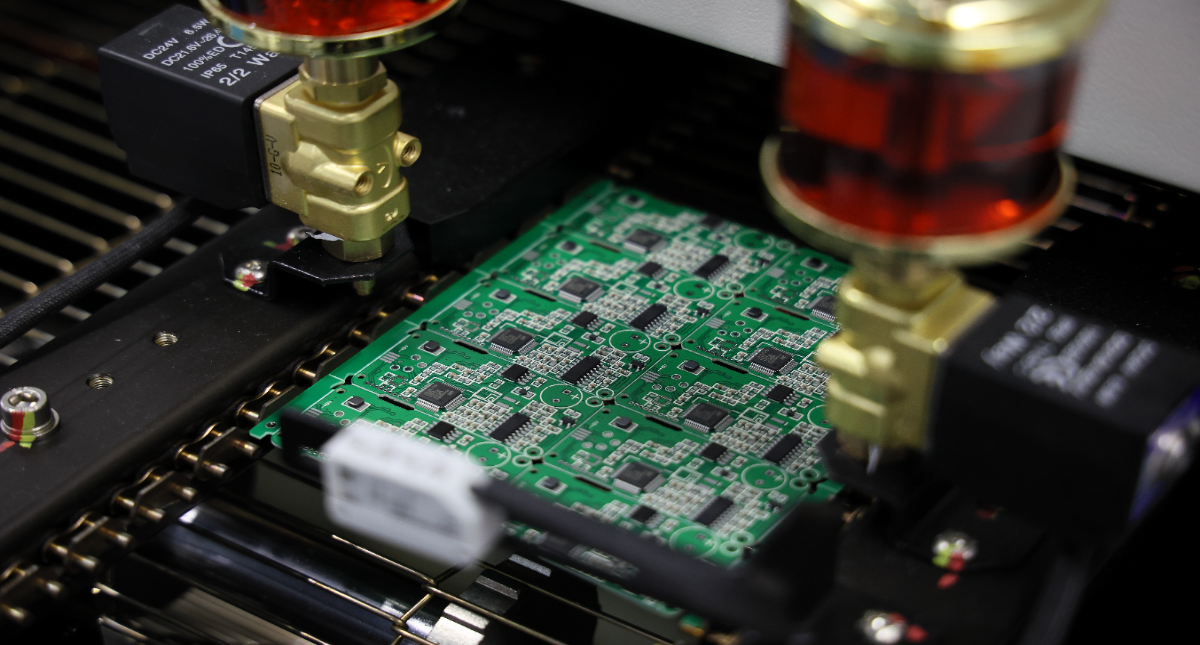



 tel:+86-18825224069
tel:+86-18825224069 email:
email: address:201, Factory 6, Longhui Industrial Park, Fuqiao 3rd District, Xinhe Community, Fuhai Street, Baoan District, Shenzhen china
address:201, Factory 6, Longhui Industrial Park, Fuqiao 3rd District, Xinhe Community, Fuhai Street, Baoan District, Shenzhen china





















